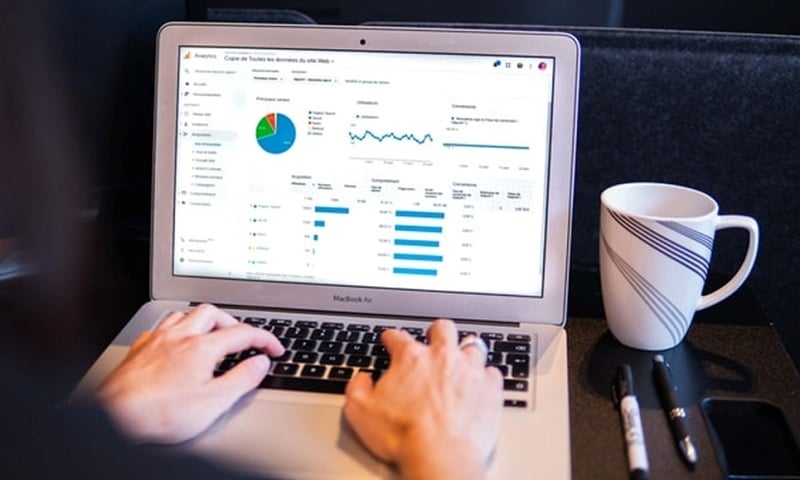The Various Types of Analytics and When to Use Them

TechsPlace | Analytics is a critical tool for businesses of all sizes. It allows business owners to understand their customers, track their marketing efforts and make better strategic decisions. By understanding what’s working and what’s not, businesses can allocate their resources more effectively and improve their bottom line.
There are many different kinds of analytics method options, each with its own strengths and weaknesses. It can be difficult to know when to use each one. Keep reading to learn about the various types of analytics and when to use them.
Predictive Analytics
Predictive analytics is a subset of data analytics that uses historical data to make predictions about future events. It can be used to predict things like customer behaviour, stock prices, and weather patterns. There are three main types of predictive analytics: supervised learning, unsupervised learning, and reinforcement learning. Supervised learning is the most common type and involves using historical data to train a model that can then be used to make predictions. Unsupervised learning is used when there is no training data available and involves using algorithms to find patterns in the data. Reinforcement learning is used when feedback about the accuracy of predictions is not available until after the fact.
Predictive analytics can be used in a variety of business applications, including market segmentation, fraud detection, target marketing, and price optimization. It can also be used for scientific applications, such as predicting climate change or genetic mutations.
Descriptive Analytics
Descriptive analytics is the process of examining past data in order to understand what has occurred. This can include analyzing revenue, expenditures, and other financial metrics in order to make better business decisions. Additionally, descriptive analytics can be used to understand customer behavior by studying data on website visits or purchase histories. This information can help businesses understand what products or services are most popular and how customers interact with their websites or physical stores.
Text Analytics
Text analytics is reviewed on a desktop or laptop and is the process of deriving meaning from text data. It involves extracting information from unstructured text sources, such as emails, social media posts, and customer surveys and then analyzing that information to identify trends and patterns. Text analytics can be used to improve customer engagement, measure brand sentiment, assess market opportunities, and more. There are three main types of text analytics:
- Sentiment analysis – This type of analysis measures the overall tone of a piece of text. It can be used to determine whether customers are happy with a product or service or to gauge public opinion about a political candidate or issue.
- Topic detection – This type of analysis identifies the main topics discussed in a piece of text. It can be used to track mentions of certain keywords or brands over time or to see which topics are trending on social media.
- Clustering – This type of analysis groups similar pieces of text together based on their content. It can be used to create customer profiles based on what they talk about online or to find new blog post ideas by identifying popular topics among your readership.
Prescriptive Analytics
Prescriptive analytics is the next logical step after predictive analytics. Predictive analytics is all about using past data to predict future outcomes. Prescriptive analytics takes it one step further and uses that data to prescribe specific actions that will lead to the desired outcome. For example, let’s say you’re a retailer and you want to increase sales.
You could use predictive analytics to identify which products are most likely to be purchased together and then use prescriptive analytics to recommend specific combinations of products that customers are most likely to buy. Prescriptive analytics can be used in a wide variety of industries, from healthcare to finance to manufacturing. It’s a powerful tool that can help businesses achieve their goals and maximize profits.
The various types of analytics are important to understand in order to make informed business decisions. Each type of analytics provides a different perspective on data, and together they provide an overall view of what is happening within a business.
This article is contributed by guest author on techsplace.com.





